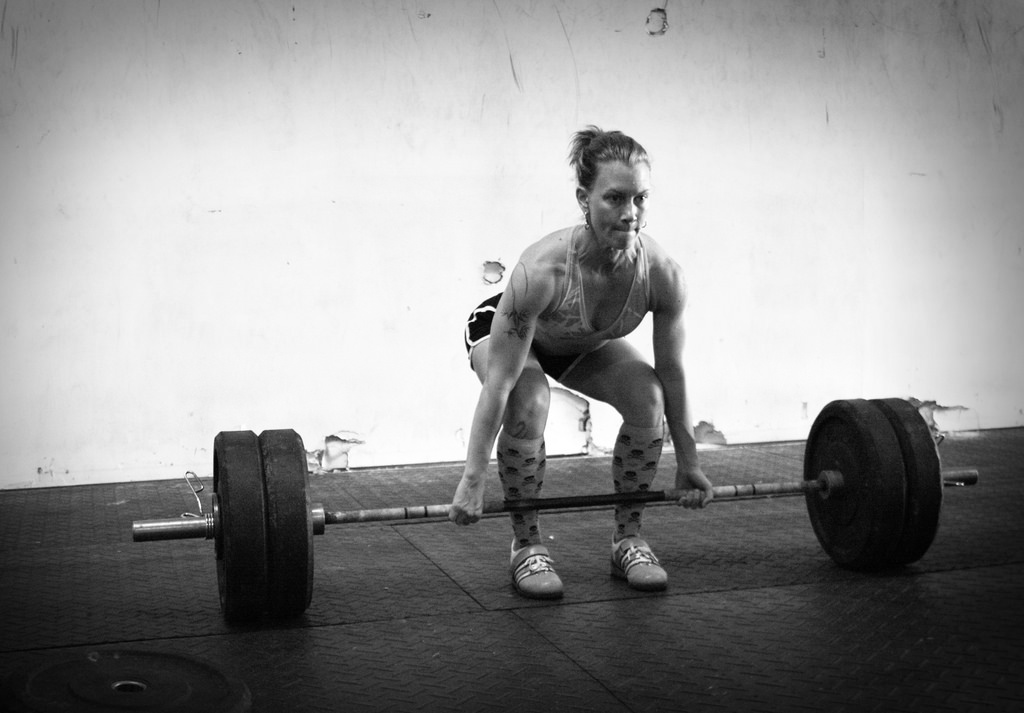If you’ve strained your back lifting and went to the doctor about it, one of the main comments you’ll here is “make sure you don’t bend and twist while you lift anymore.” Many times that can also get interpreted to mean “make sure you don’t bend and lift weight.”
Part of rehabilitation from an injury is not just resolving the pain, but returning the client back to doing tasks similar to the demands that were placed on them when they were injured. Only this time, doing it in a controlled environment after improving strength and range of motion. I love to use deadlifting as exercise to start to gradually load more load on the lumbar spine during flexion.
Many times, when I tell my clients, “today we’re going to try deadlifting” they look at me with an I- don’t-think-I-heard-you-correctly look on their face. However, it is an excellent exercise for multiple reasons. The first is that it forces the client to really take a good long look at how to bend through the hips without rounding the low back in order to lift and object. Secondly, it teaching clients how to change their center of mass to place less load on the spine, while still performing a perfect deadlift. Finally, it gives them confidence that they will be able to do more than what they had done before without pain, and I think this reason is the best one of all.
There are a number of things that I am looking at before I add any weight into a deadlift. Here are the main things I look at first:
Is the client able to keep their back flat?
If I put a dowel on their back from the top of their head to their tailbone, could the client maintain three points of contact during the motion (back of head, mid back, and sacrum)?
Is the client able to flex through their hips and if not, why?
Is the client able to place his or her body weight primarily on their heels, thus letting them stick their buttock back when performing the deadlift?
What is the alignment between the ankles, knees, hips, shoulders, and ear?
If all of the above criteria checks out, adding weight to a deadlift is not going to be a problem. Of course, like any other weight lifting, you must still gradually increase the weight you are lifting over time, even if you have never had an injury, but with good form, the gradual weight increase can start to begin.



